Cusco, is the capital of the Inca Empire and in this city were built great Inca constructions in which stood out for its great architecture, engineering, and perfection in their constructions; after the arrival of the Spanish in 1532 invaded Inca soil in 1534 just on March 23 founded the city of Cusco beginning the colonial era and then built on the Inca constructions which will be the new colonial houses.
To build these colonial houses, all that Inca construction was affected, transformed among other aggressive modifications that I will tell in this article about: the characteristics of colonial architecture, the influence of Spanish and Andean architecture, what material was used for its construction, we will also detail the most emblematic colonial houses found in the city of Cusco.
After the arrival of the Spaniards, the Inca constructions were affected, since they were largely destroyed to make the new houses of the colony, first started in privileged areas so that those who resided in the historic center were stripped of their homes.
The new colonial houses were built in the center of the city, as we know historically the Inca courts had Inca architecture and were replaced by new facades, windows, doors and colonial style ornaments, but before placing them, much of the Inca architecture had to be destroyed and were used in some cases as the basis for new buildings.
As you can see at present, the mansions are built on the Inca walls, also the houses had to be divided to convert them into streets, passages and others, if you walk through the historic center of the streets you will notice that the houses still retain this style: some were rebuilt again by the earthquakes that occurred in Cusco, but the vast majority are preserved Inca and colonial buildings.
Currently, the city of Cusco adopts two styles of architecture; first we see the presence of Inca or Andean architecture that was first and can be clearly seen more in its archaeological sites such as Qoricancha, Sacsayhuaman, Machu Picchu and other buildings, there are even some buildings that perhaps more is seen in rural areas where they still retain the Inca architecture.
And the other style is brought by the Spaniards, they were in charge of giving another style so to speak to the city, but for this they will have to destroy part of some buildings and build on it the new houses, churches, monasteries and palaces with a European style, which gives another architectural vision to the Inca city.
For this architectural influence is that Cusco is recognized as the "Archaeological Capital of America" by the Inca and colonial architecture, these two historical stages were the ones that marked a very important milestone in the city. Every year this city receives people from all over the world who are attracted by its main tourist attractions.
Now we will talk about the main colonial houses that are located in the center of the city of Cusco and today are quite visited by many tourists, below:
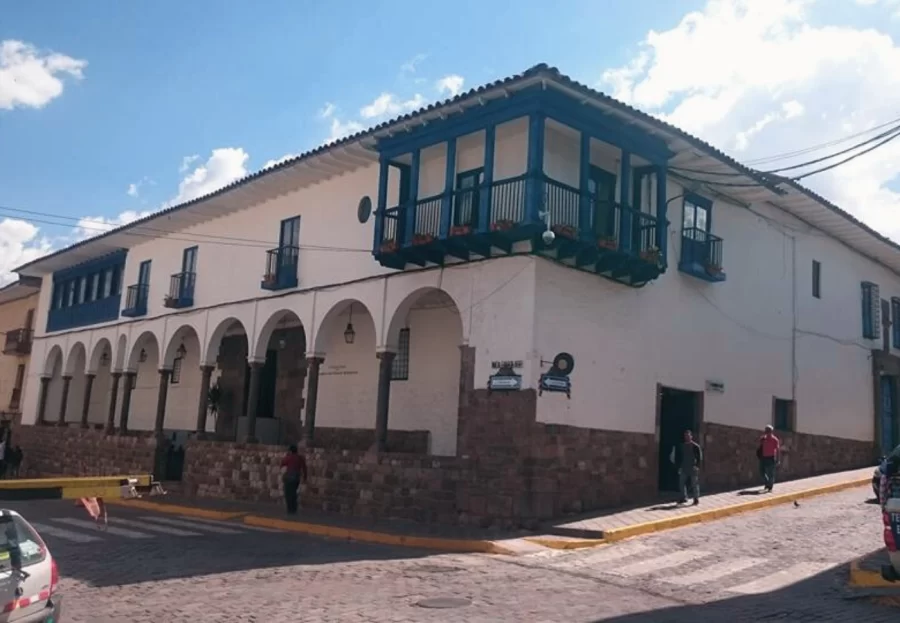
It is located between Heladeros street and the corner of Garcilaso street, it was built on an Inca wall with a viceroyal architecture, characteristically it has a wide front that facilitated the transit of the lords on horseback of that time, with a central patio, each space was directed towards the central patio, it has two floors, doors and vertical windows.
Over time the place became more interesting and with a unique style, this colonial house belonged to the mestizo chronicler Inca Garcilaso de la Vega and later became the headquarters of the Cusco Regional Historical Museum.
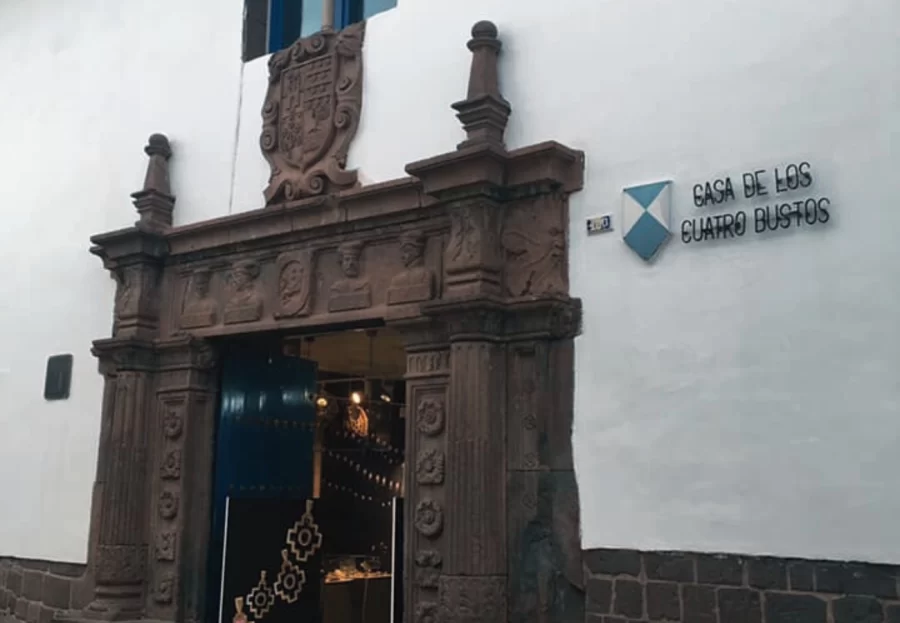
It is located on San Agustin Street, well known because on the facade of its door are carved four stone busts, a shield, among other ornaments that exist in the place. It is said that the first inhabitant of this colonial mansion was Francisco Pizarro, also considered the first governor of Peru.
En la actualidad, la casa de los Cuatro Bustos es un hotel muy reconocido y curiosamente se encuentra al frente del templo de Qoricancha por ello se cree que el sitio donde se ubica fue muy importante.
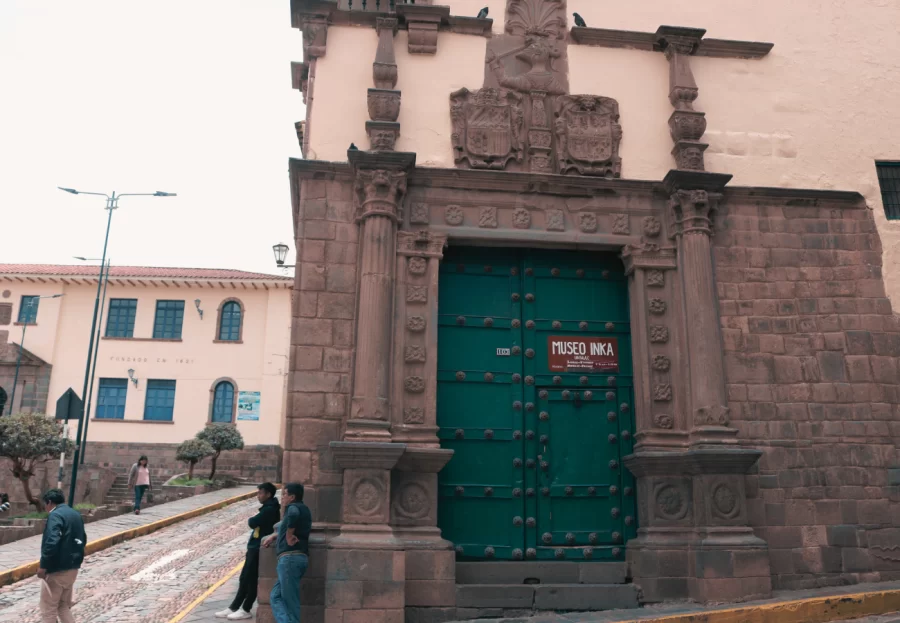
It is located between Ataúd Street and Córdoba Street in Tucumán, it was called the house of the Admiral because there resided the Spanish Admiral Francisco Alderete Maldonado until his death, in the place several institutions were installed, first it was the seat of the Archbishopric, then palace of the last viceroy of Peru, house of Government of Marshal Santa Cruz of the Peruvian-Bolivian confederation.
And in the twentieth century it became the property of the National University of San Antonio Abad del Cusco to later become the headquarters of the Inka Museum where we can find a fundamental collection of pieces of pottery, goldsmithing, textiles and Inca mummies.
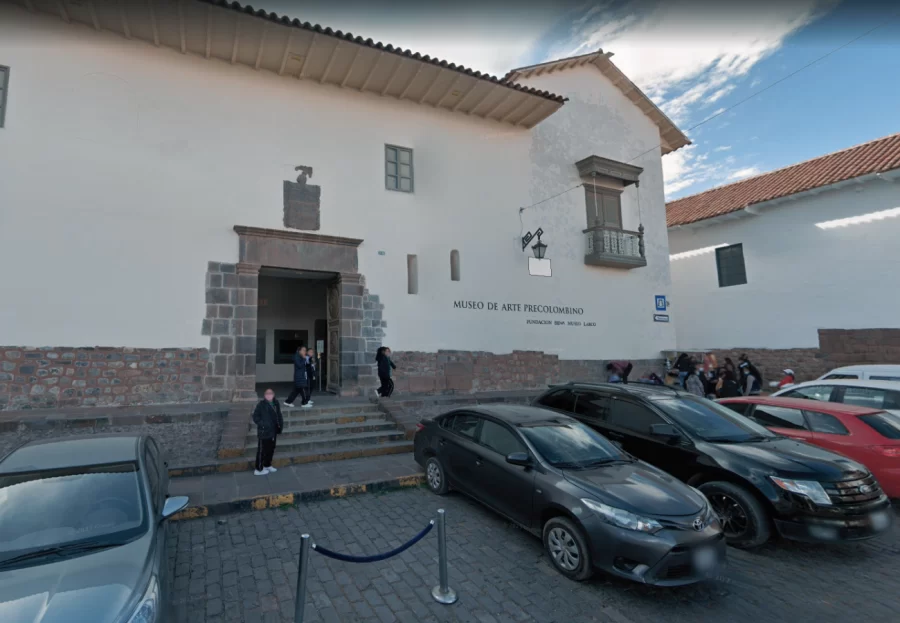
In the beginning this house was the Amaru Cata which means a "school or house of knowledge", but then became the seat of the first monastery of Santa Clara; in the seventeenth century it became the property of Don Luis Jeronimo de Cabrera and Doña Isabel Tordoya y Bazan who was governor of Tucuman and mayor of the town council of Cusco.
In 1981 it became the property of BBVA Continental who decided to put a museum of Pre-Columbian Art which has two levels and a courtyard, the facade is asymmetrical with a lithic cover, has two neoclassical balconies.
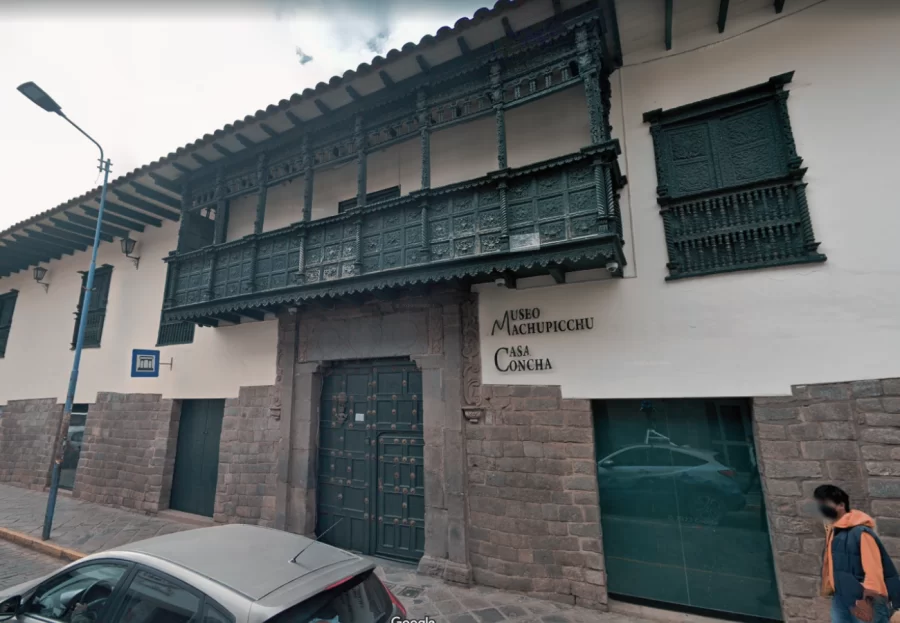
It is located on Santa Catalina Ancha Street, its owner was José Santiago Concha y Salvatierra, a very important magistrate during the viceroyalty, then became the owner of the property Martin Concha who was Governor of Cusco in 1814.
Regarding its architecture is Andean residential and was built on what was the palace of the Inca Tupac Yupanqui has murals, baroque style balconies, wood carvings, small squares, pools and more. Currently this house has become the Museum Machu Picchu Casa Concha.
In conclusion, every colonial mansion in the city of Cusco is mixed with the Andean and Spanish, because on the Inca constructions were built the new colonial houses and today some are hotels and others are museums where the Inca culture is exposed.
